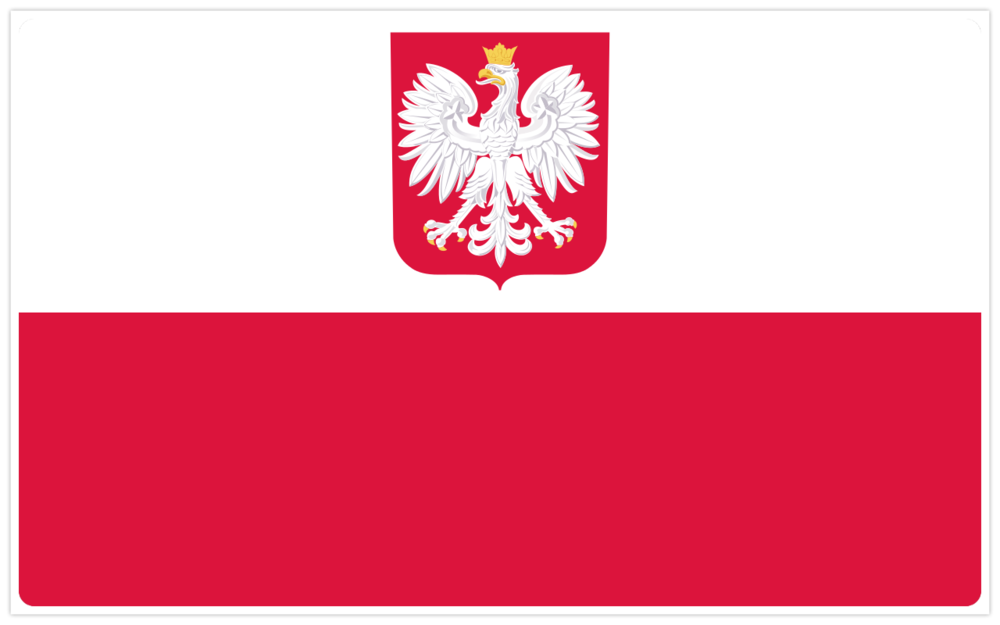In a post-Brexit scenario, transporting goods across the UK and EU borders has become a meticulous process requiring adherence to specific protocols. This article aims to provide a step-by-step walkthrough for hauliers tasked with transporting goods from UK Dover to the EU, particularly under a T1 transit. Below are the steps you need to follow to ensure a smooth transit:
1. Obtain LRN and T1 Transit Document:
– Before embarking on your journey, ensure to attend an inland border facility to obtain your Local Reference Number (LRN) and T1 transit document.
– Visit the Sevington Inland Border Facility located at Ashford, TN25 6GE. For precise navigation, use the coordinates 51.132138, 0.914994 in your GPS.
– You can also contact them at +44 (0) 1625 545745 for any inquiries or clarifications.
2. Arrival at Dover Port:
– Upon arrival at Dover Port, diligently follow the signage directing you to the customs checking facility.
3. Present T1 Transit Document:
– At the customs checking facility, present your T1 transit document to the customs officials.
### 4. Customs Checking:
– Allow customs officials to check the goods, if required. This step is crucial to ensure compliance with customs regulations.
5. Scan and Check-in at GVMS:
– Proceed to scan and check-in at the Goods Vehicle Movement Service (GVMS).
Essential Documentation:
– Ensure you have the following documents handy:
– The T1 transit document
– A copy of the export declaration
– A commercial invoice for the goods
– Any other relevant documents like a packing list or certificates of origin
For further insights and information regarding the process, the HMRC website provides a detailed guide. You can access it [here](https://www.gov.uk/guidance/transporting-goods-between-great-britain-and-the-eu-by-roro-freight-guidance-for-hauliers#section-4b).
By adhering to the aforementioned steps and ensuring all necessary documentation is in place, hauliers can significantly mitigate the chances of facing delays or complications while transporting goods from UK Dover to the EU under T1 transit. This systematic approach not only ensures compliance with the customs protocols but also paves the way for a hassle-free goods transit experience


